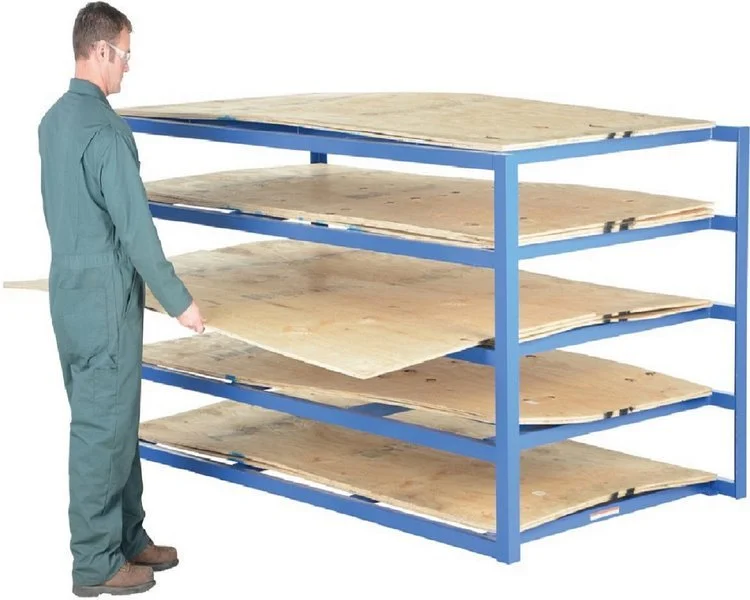There are many configurations of rolling ladders. Accordingly, it may be difficult to select the right one for your application. Most rolling ladders sold are “off the shelf” items. That said, some are custom made and appropriate only for certain tasks. Because some “off the shelf” rolling ladders have a variety of options that can be added to the base unit, it is sometimes possible to form a unique “off the shelf” rolling that is appropriate for a specific job task.
Defining “Rolling Ladder”
A rolling ladder is any movable ladder that utilizes wheels or casters when moving about and has some type of mechanism to “lock” the ladder in place. All rolling ladders fit into 1 of 3 categories based on the way the ladder is locked in place. These 3 rolling ladder categories are lockstep, spring-loaded casters, and tilt & roll. The name rolling ladders does not include traditional step ladders that are picked up and moved about. Fixed vertical ladders, such as those used to access rooftops, also are not included.
Lock Step Rolling Ladders
Lock step rolling ladders have a locking mechanism that is weight activated. When a person steps on the bottom rung of one of these types of rolling ladders, the locking mechanism is activated. Because the ladder is locked in place, the person on the ladder does not have to worry that the ladder will roll away from the work area being accessed. After the person finishes the task at hand and descends the ladder, the mechanism can then be unlocked allowing the ladder to be rolled to another location. Examples of this type or ladder are M-2000 Safety Rolling Ladder, Cantilever Series Rolling Ladder and 50 Degree Stock Picking Rolling Ladder.
Spring Loaded Casters Rolling Ladders
Spring loaded casters rolling ladders have spring loaded casters for mobility. When a person steps on the ladder, the springs compress allowing the feet of the ladder to engage the floor preventing the ladder from rolling. This allows the person to finish the task without concern of the ladder rolling to a different place. When the task is complete and the person steps off the ladder, the compressed springs raise the ladder off the legs of the ladders and movement of the ladder is once again possible. Examples of this type of ladder are 57 Degrees Safety Rolling Ladder, EZY Climb 50 Degree Rolling Ladder and Spring Loaded Casters Rolling Ladder.
Tilt & Roll Rolling Ladders
Unlike lock step rolling ladders and spring loaded rolling ladders which have 4 wheels, tilt & roll ladders have only 2 wheels. Mobility is achieved with the use of 2 handles which are used to lift 2 of the legs of the ladder off the floor. When the 2 legs are lifted, the ladder is then resting on 2 wheels which allows movement similar to that of a wheelbarrow. When the ladder is in place and the 2 elevated legs are placed on the floor, the 2 legs prevent the ladder from rolling. The person then ascends the ladder, completes the task, descends the ladder and proceeds to moving the ladder as before. Examples of this type of ladder are Tilt & Roll Rolling Ladder, Truck/Dock Access Ladder and Semi-Trailer Access Ladder.
Preventing Rolling Ladder Injuries
Just one rolling ladder injury is too many. Rolling ladder use training and rolling ladder inspection are both important and necessary.
Rolling Ladder Training
All work on rolling ladders needs to be planned in advance with those workers involved receiving proper training. Training needs to include at a minimum supervision of workers, proper ladder moving and locking techniques, weather considerations if outside such as icy or rainy conditions and any emergency procedures that may be required.
Rolling Ladder Inspection
Regular inspection of rolling ladders is necessary. An inspection report should include:
1. The name of the person requesting the inspection.
2. The location of the rolling ladder to be inspected.
3. A description of the rolling ladder to be inspected.
4. The date and time of the inspection.
5. Issues found that put at risk the health or safety of anyone.
6. Action(s) needed as a result of any issue found during in the inspection.
7. The name and position of the person making the report.































